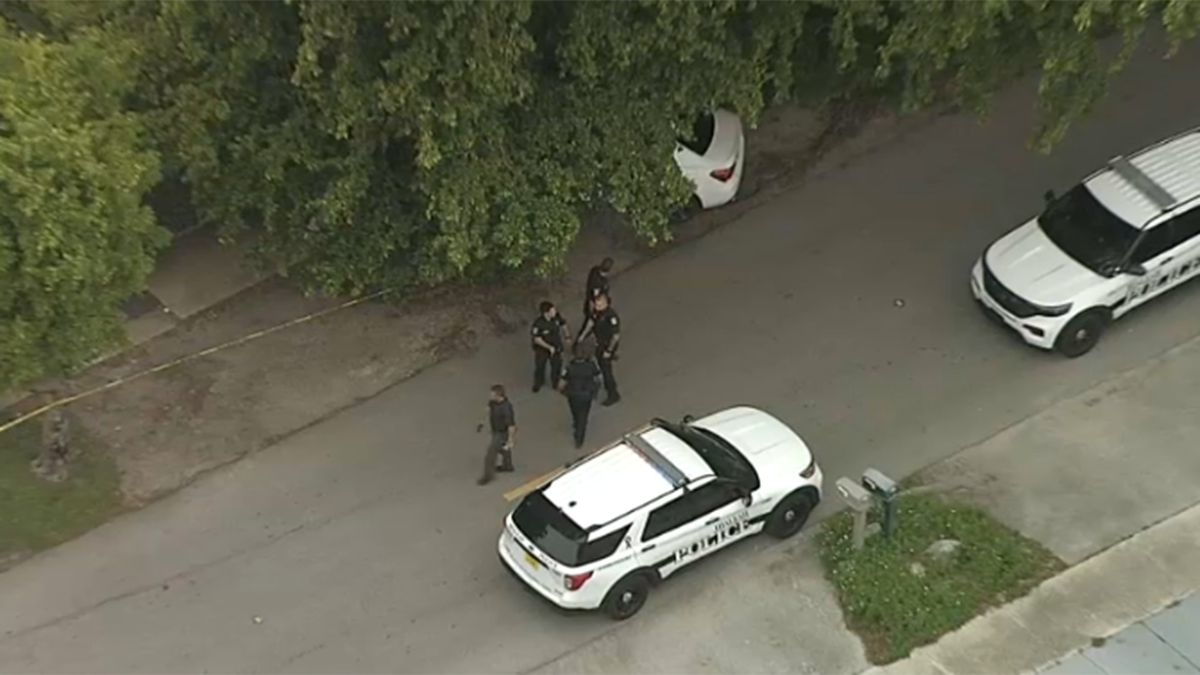Florida’s unemployment rate held for a sixth consecutive month, but a key state economist said Friday “it’s still too soon to tell” how a trio of hurricanes could affect the state’s jobless figures.
The state Department of Commerce on Friday estimated 368,000 Floridians were qualified as out-of-work in September, a figure unchanged from August. The state’s work force of 11.04 million shrank by 6,000 workers in the same period as retirements continue to outpace efforts to grow the labor force.
The latest figures keep Florida’s unemployment rate at 3.3 percent, while the national mark in September was 4.1 percent.
Jimmy Heckman, chief of workforce statistics and economic research at the state Department of Commerce, said Friday that the state’s labor force is now down 12,000 from a year ago, driven by an increase in Baby Boomer and Gen X retirements.
The Hurricane season is on. Our meteorologists are ready. Sign up for the NBC 6 Weather newsletter to get the latest forecast in your inbox.
“This is the sixth consecutive month of declines in the statewide labor force, and the first over the year loss in the labor force since February of 2021,” Heckman said. “This trend has been driven by an increase in retirements and workers over the age of 55, while labor force participation among the prime major working population ages 25-to-54 for the last year has remained at or above 2019 levels.”
The monthly figures also don’t reflect the impact of a pair of major hurricane strikes on the state’s Gulf Coast over the past few weeks. The jobless numbers are based upon estimates from the middle of the month.
Hurricane Helene made landfall in rural Taylor County on Sept. 26, followed by Hurricane Milton’s landfall in Sarasota County on Oct. 9. The storms caused widespread catastrophic damage.
Local
Heckman said “it’s still too soon to tell” what the impact of the recent storms will be because data collection is still ongoing.
“For previous storms, like Hurricane Irma (in 2017), you might see a very short term impact, where really one month you see some temporary closures or a temporary drop in employment, while recovery efforts happen,” Heckman said. “In other cases, like Hurricane Michael (in 2018), where that damage and that impact created a prolonged recovery, we'll really just have to wait and see once the data comes back, how that will progress.”
The new numbers show employment in the education and health services category added 5,100 positions; construction jobs grew by 3,600, and leisure and hospitality jobs were up 3,100. Meanwhile, jobs in manufacturing dipped by 400 and professional and business services dropped 800 positions from August.
Over the past year, manufacturing jobs are down by 400, information positions have declined by 1,000 and financial activities are off by 2,300. However, positions involving trade, transportation, and utilities are up by 46,100 since September 2023. Education and health services have added 41,300 jobs, construction has grown by 37,100, and leisure and hospitality have added 34,000 positions.
The state’s jobless rate was 3 percent last year. The statewide unemployment rate is seasonally adjusted, while rates for metropolitan statistical areas are not seasonally adjusted.
Across Florida, the Miami-Fort Lauderdale-West Palm Beach metropolitan area had the lowest regional unemployment rate, at 2.9 percent, falling from 3.4 percent in August.
The Crestview-Fort Walton Beach-Destin area was at 3.2 percent, while Panama City was at 3.3 percent.
Also for September, the Jacksonville and Orlando-Kissimmee-Sanford areas were at 3.4 percent. Pensacola was at 3.5 percent, the Tampa Bay-St. Petersburg area was at 3.6 percent and the Naples and Sarasota regions were both at 3.7 percent.
The state’s highest unemployment rate in September was 5.5 percent in the Homosassa Springs area, followed by The Villages at 5.4 percent and Sebring at 5.2 percent.



